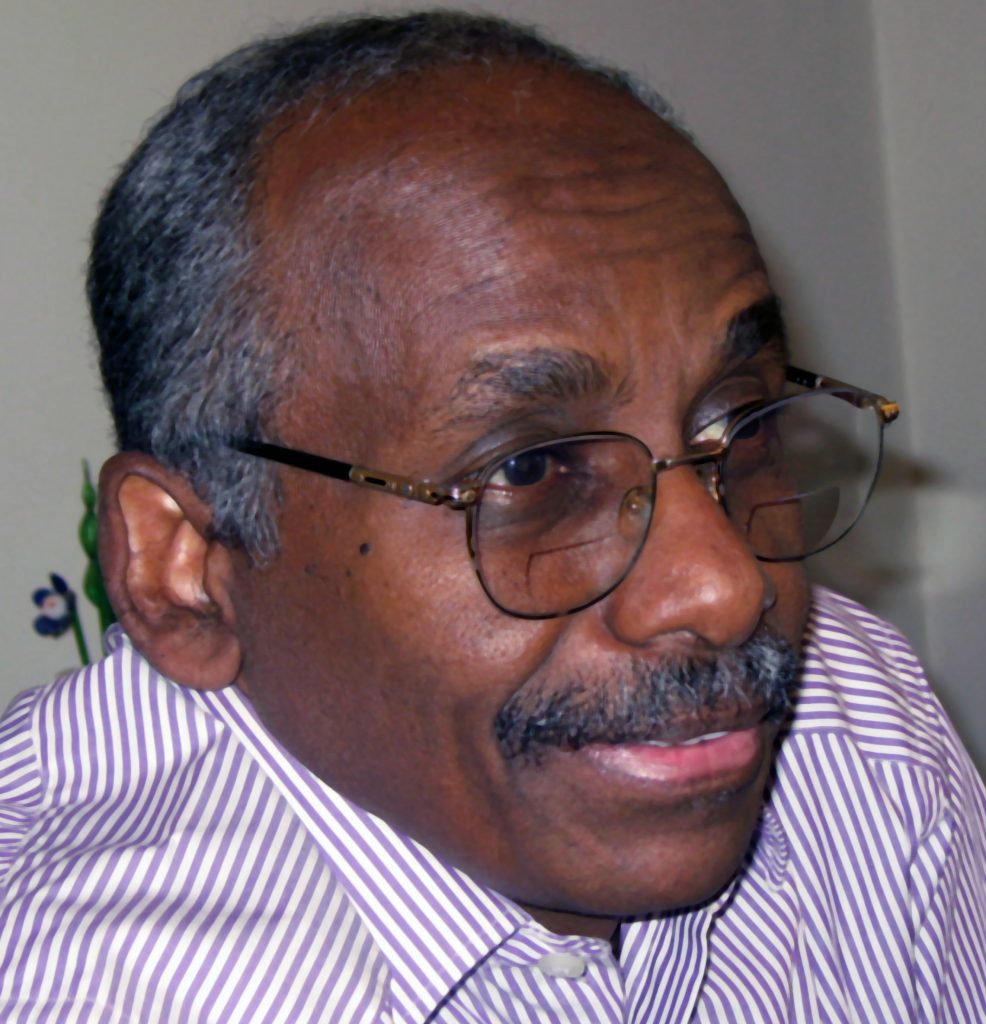The First Responder Programme
The First Responder Programme
Social accountability with a mission
By
Professor Ahmed El Safi
Who is the First Responder (FR)?
The First Responder (FR) is emergencies certified community volunteer. An FR is the first medically trained person to arrive or be on an emergency scene who has completed and certified in pre-hospital care for medical emergencies. FRs are trained in advanced first aid and cardiopulmonary resuscitation. However, the FR uses minimum or no equipment or devices to maintain patient stability and safety. As a result, they do not substitute for proper medical care rendered by paramedics. Many police officers and firefighters are required to receive training as First Responders. In addition, many first responders have location-specific training such as water, forest or mountain rescue skills or special knowledge about the region’s types of snakes, scorpions, and poisonous plants.
First Responders can serve as advanced first aid providers or limited emergency medical care providers when more advanced providers have not yet arrived or are unavailable. However, first Responders are not medical or paramedical staff and are not covered to provide medical care beyond advanced first aid scope.
Skill-wise, a certified first responder in this programme is often training and allowed to do most of what a medical person can do.
FRP Programme
The “First Responder Programme” (FRP) educates, trains and empowers volunteers to prepare for, respond to and mitigate emergencies and disasters. The programme is practical, multi-centre and community-based. XY will be the overall hub for this programme, and all businesses all over the country will be relay stations
Volunteers are offered an advanced first aid (AFA) training course to respond intelligently in emergencies providing potentially life-saving treatment and first aid until medical or ambulance service arrives
Develop a culture of scientific and technical excellence in emergency service to preserve human lives by making high-quality resuscitation and rescue available to all people.
Volunteers will promote the role of volunteerism in the community, strengthen the capacity of the training centres, and raise awareness and knowledge in the field of rescue and resuscitation among the public, professionals and institutions.
- Building collapse
- Chemical disasters
- Drowning
- Explosions
- Fires
- Household emergencies
- Man-made & natural disasters
- Riots
- Road Traffic Accidents
- Rescue and extrication
We have a rich record of accomplishment and involvement in community-based programmes. Therefore, the FRP consolidates this track record and would succeed if:
- It participates in improving disaster management manoeuvres, resuscitation science and techniques through education, training and research.
- It sensitizes the spirit of volunteerism in communities.
- It creates a nationwide network of FR relay stations.
- It facilitates the networking of the campaign to create a movement enhancing the impact of citizens at the national level.
- A platform for exchanging information and experience among resuscitation workers, training centres, and organizations
FR Scope of service
Whether layperson, police, fire department or search and rescue personnel, the First Responders can provide initial emergency care first on the scene or support medical personnel when they arrive. The skills allowed at this level include bleeding control, airway management, cardio-pulmonary resuscitation (CPR), stabilization of fractures, packaging, moving and transporting patients. FRs generally provide:
- First aid
- Initiate the Emergency Medical System (EMS)
- Assist medical personnel.
Any community member willing to volunteer passes the selection criteria and is physically fit.
Several groups require a minimum level of training for the jobs they offer:
- Crews providing medical standby at events (stadiums, festivity halls)
- Applicants for driving licenses
- Crew providing inter-hospital transfer of stable patients
- Firefighters
- Police officers
- Rescue squads
- Persons working away from medical facilities
- Towns and villages
- Highways and roads
- Homes
- Offices
- Airports
- Stadiums
- Factories
- Fields
- Hospitals
- Festivity Halls
- Companies
- Campuses
- Parks
- المدارس والجامعات
- Central Ambulance Service
- Civil Defence
- Fast Response and Traffic Patrol Police
- Fire Brigade
- Inhabitants of catchment areas
- Ministries of Health
- وزارة التعليم العالي والبحث العلمي
- Press and media
- Public Ambulance Service
- Red Crescent and Red Cross
- Students Associations
- Universities
- The services of FR are notably needed in towns or villages where it is challenging for medical help or ambulance to arrive at the scene within a reasonable time – this is usually the case in the more rural areas of the country. All citizens in Sudan would benefit from the services of a trained FR service.
- Public and private pre-hospital resuscitation services
- Hospital emergency and critical care services
